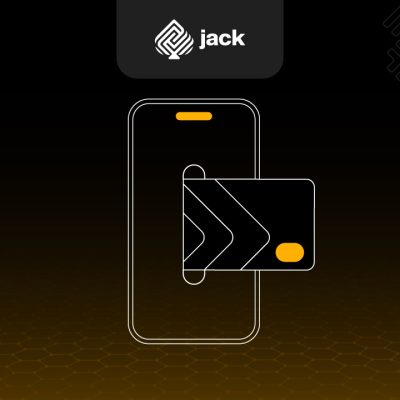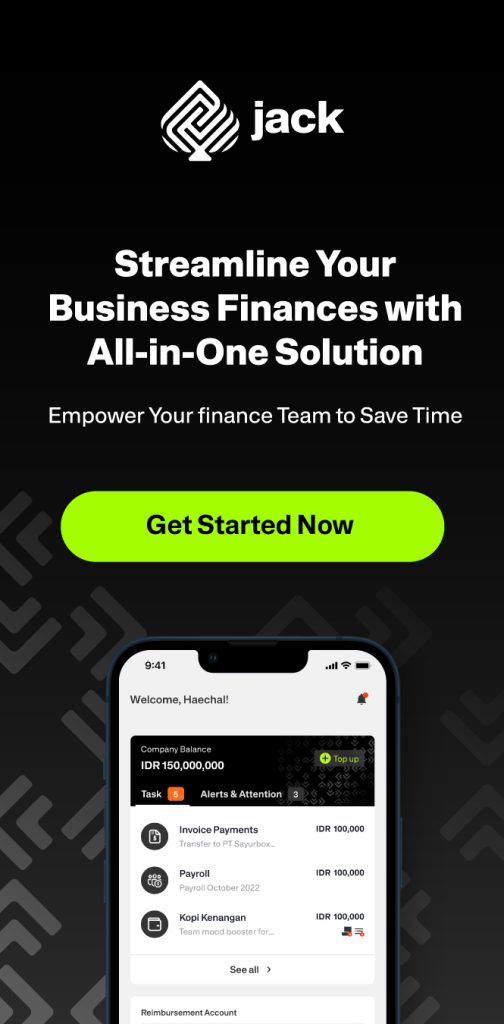Large-scale businesses and startups with high transaction volumes often get bogged down in slow and costly payment collection processes. This delay isn’t just about bank fees, but also the cost of time spent by the finance team on manual reconciliation. A slow collection process directly hinders cash flow and slows down business growth.
Are you still spending valuable work hours manually matching transfers one by one from different bank statements? If your collection system is still slow, your business is losing the speed and transparency desperately needed for exponential growth. In the world of e-commerce and digital services, payment speed is just as important as product delivery speed.
Virtual Account API Integration is the technology solution that changes how your business receives money. It is the key to automating the entire collection process, ensuring payment acceptance that is instant, scalable, and efficient. This article will dissect how the VA API becomes the foundation for achieving maximum financial efficiency.
What is a Virtual Account (VA) and the Role of APIs in Large-Scale Business?

Before discussing integration, it’s important to understand the basics of a Virtual Account and how an API changes its functionality.
Definition of Virtual Account (VA)
A Virtual Account is a unique, non-physical bank account number created to identify a payment from a single transaction or a specific customer. The role of the VA is as a Single Identifier. When a payment comes in, the system automatically knows who paid, how much was paid, and for which bill, without the need for manual confirmation.
The Key Role of the API in Large-Scale Operations
While traditional VAs (created through a service provider portal) are helpful, a VA only becomes a scalable solution when supported by an API (Application Programming Interface).
Virtual Account API Integration
allows VAs to be generated automatically by your business’s backend system (for example, when a customer clicks checkout), rather than through manual login to another portal. This is the foundation of scalability. Without an API, a large-scale business would be unable to handle the thousands of VAs that must be generated every day.
Read Also: Easier, Automatic, and Real-Time Transactions with API Disbursement
Why is Instant Payment Acceptance Crucial for Large Scale?
Speed is the new currency in modern business. For companies managing large transaction volumes, collection speed is the main differentiator between a business that’s stuck and one that is growing exponentially.
- Improving Business Cash Flow: The faster a payment is verified, the faster the product or service can be delivered (e.g., software license activated, or goods shipped). This shortens the order-to-cash cycle, instantly boosting liquidity and the health of the business cash flow.
- Reducing Operational Costs (Cost Efficiency): Imagine a finance team having to reconcile thousands of transfers daily. Automated reconciliation via API eliminates massive time and labor costs, allowing the finance team to focus on strategic analysis, not administration.
- Better Customer Experience (CX): Customers get instant payment confirmation, eliminating frustrating waiting periods. In the e-commerce and fintech sectors, quick confirmation is key to customer retention.
5 Key Advantages of Virtual Account API Integration (Key Features)

API integration transforms the VA from just an account number into a sophisticated financial management tool. Here are the main advantages that ensure efficiency and scalability:
1. Automated VA Generation (Seamless Setup)
This feature is what determines scalability. The API allows the business system to generate VAs automatically and in real-time when an order is created.
Scalability Advantage: The system is capable of handling and creating unique VAs for thousands of transactions simultaneously.
This is vital for large e-commerce businesses or platforms that have peak payment hours. This is how startups create automatic virtual accounts without needing to log in to a bank portal.
2. Instant Reconciliation (Real-time Transparency)
The API works using a webhooks mechanism that sends payment notifications immediately (within seconds) after the funds enter the VA.
Working Mechanism: This instant notification eliminates the need for the finance team to do manual bank tracking or wait for daily bank statement reports.
Scalability Advantage: It guarantees a Single Source of Truth because payment data flows directly into the company’s accounting or ERP system. This allows automatic bank reconciliation software to match bills and payments with 100% accuracy. This instant notification is the foundation for real-time payment reports used by management for quick decision-making.
3. Multi-Bank Support (Break Bank Barriers)
A robust API allows a business to create VAs from various major banks simultaneously. This includes leading banks (BCA, Mandiri, BNI, BRI, etc.).
Scalability Advantage: This integration, known as multi-bank virtual account integration, significantly increases payment conversion. Customers can pay through the bank they use, reducing interbank transfer fees and speeding up the transaction process. This makes modern VA services the most complete bank payment gateway.
Read Also: What Is a Virtual Account? Definition, Benefits, and How It Works for Modern Transactions
4. Flexible VA Configuration (Tailored Virtual Account)
Through the API, a business can define specific details for every VA created.
Flexibility: A business can set a payment deadline (due date), determine a specific amount (designated amount), and even include a transaction description behind the VA number.
Scalability Advantage: This flexibility greatly simplifies Accounts Receivable management because the system can automatically send invoicing reminders and cancel VAs that have expired. This reduces administrative complexity and the potential for bad debt.
5. Strict Security and Auditing
Automation via API inherently increases security because it reduces human interaction with sensitive data.
Data Integrity: Every VA transaction is recorded, encrypted, and digitally auditable. This is important for API transaction security and the integrity of the company’s financial data.
Scalability Advantage: API integration supports efficient virtual account financial auditing and simplifies compliance with financial regulations.
First Steps to Implementing the Virtual Account API

VA API implementation requires careful planning, especially because it involves the company’s main backend system.
1. Backend System Readiness: Ensure your business system (such as ERP, e-commerce, or POS applications) is ready and able to communicate with external APIs. This readiness is important for receiving webhooks and generating VAs in real-time.
2. Choosing a Service Provider (Vendor): Select a payment gateway that has developer-friendly API documentation, responsive technical support, and a strong track record for uptime and security. The quality of the API documentation largely determines the speed of integration.
3. Sandbox Testing: Conduct extensive testing in a sandbox environment before going live. Ensure all webhooks (callback notifications) function correctly to guarantee instant reconciliation.
4. Finance Team Training: Although the system is automated, the finance team needs to be trained to use the monitoring dashboard and understand the analytical reports generated by the API integration.
Conclusion
Virtual Account API Integration is no longer just a technology trend; it is a mandatory requirement for large-scale businesses that want to achieve maximum collection efficiency.
Relying on manual processes or portals will only solve half the problem; API integration is the key to enabling instant payment acceptance, automatic reconciliation, and multi-bank control that are essential for exponential growth.
By investing time and resources in this technology, companies transform a collection process that was slow and expensive into a competitive advantage that supports sustained cash flow health.
Evaluate your current collection process immediately and make VA API integration a strategic priority for your business’s financial future.
Use Jack for your business needs
One of the best services to help integrate virtual accounts into your business is Jack Virtual Account. With Jack, your business can benefit from a more efficient and secure payment solution. Jack’s virtual account service enables automated transactions, reduces human error, and speeds up reconciliation.
If you’re running a business and want to integrate virtual accounts for a more efficient payment system, Jack is ready to help you transact more easily and seamlessly.






